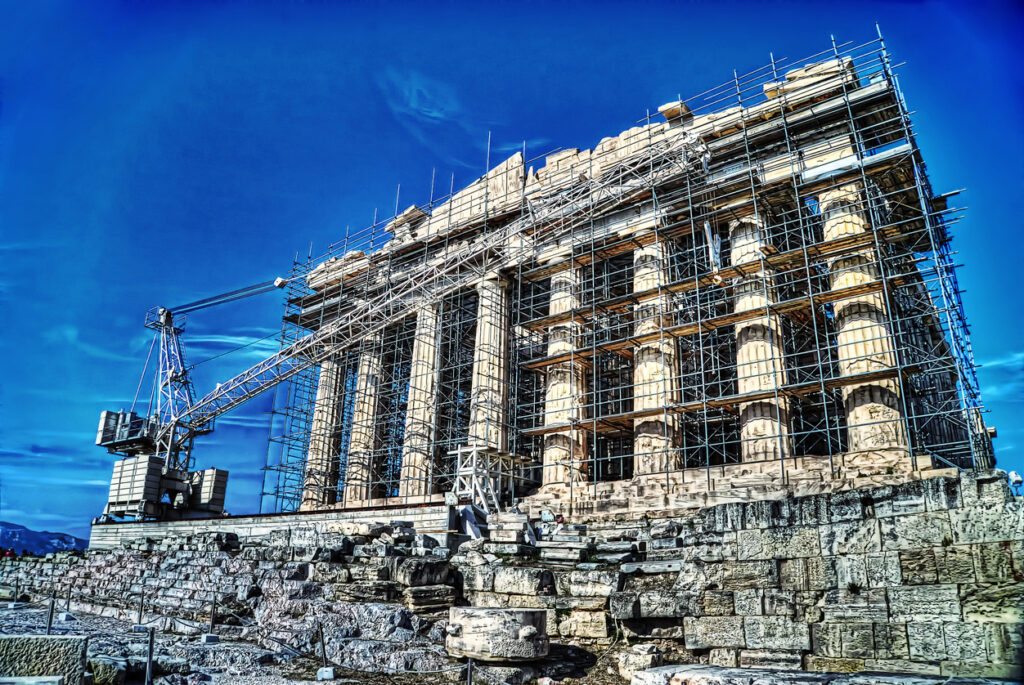
Have you ever wondered how old, worn-out buildings are transformed into beautiful, functional spaces again? It’s all thanks to the science of building restoration! In this blog post, we’ll delve into the fascinating world of building restoration, exploring how it works and why it’s essential for preserving our architectural heritage.
Understanding Building Restoration
Building restoration is like giving a second life to old or damaged buildings. It’s not just about fixing what’s broken; it’s about bringing back the beauty and functionality of a structure while preserving its historical and architectural significance.
Building restoration companies specialize in this process. They have the knowledge, skills, and tools needed to revive old buildings and make them shine again. Whether repairing crumbling walls, restoring intricate details, or upgrading outdated systems, these experts know how to get the job done right.
The Science Behind the Process
Building restoration is a blend of art and science. Here’s a closer look at some of the scientific principles that come into play:
1. Materials Science: Restoring old buildings often involves working with various materials, from wood and stone to metal and glass. Building restoration experts understand the properties of these materials and how they degrade over time. They use this knowledge to select the right materials for repairs and ensure that they will withstand the test of time.
2. Structural Engineering: Old buildings can suffer from structural issues due to age, weathering, or damage. Structural engineers play a crucial role in building restoration, assessing the stability of the structure and designing solutions to reinforce it. This might involve repairing or replacing damaged supports, strengthening foundations, or adding additional bracing to improve stability.
3. Conservation Science: Preservation is a key aspect of building restoration. Conservation scientists study the history and condition of a building to determine the best approach for preservation. They may use techniques like cleaning, consolidating, or even recreating missing elements to restore the building to its original glory while respecting its historical integrity.
4. Environmental Science: Building restoration also considers the environmental impact of the process. Experts strive to minimize waste, reduce energy consumption, and use sustainable materials wherever possible. By taking a holistic approach to restoration, they ensure that old buildings can continue serving their communities for generations.
Why Building Restoration Matters
Building restoration isn’t just about preserving old buildings; it’s about preserving our cultural heritage and identity. These buildings tell the story of our past, and by restoring them, we ensure that future generations can continue to learn from and appreciate that history.
In addition to cultural significance, building restoration also has practical benefits. It revitalizes neighbourhoods, boosts property values, and promotes sustainable development. By breathing new life into old buildings, we can create vibrant, thriving communities where people want to live, work, and play.
In Conclusion
Building restoration solution is a fascinating blend of art, science, and history. It’s a process that requires expertise, creativity, and a deep respect for the past. So the next time you see a beautifully restored building, take a moment to appreciate the science behind the transformation—and the dedicated professionals who make it all possible.

